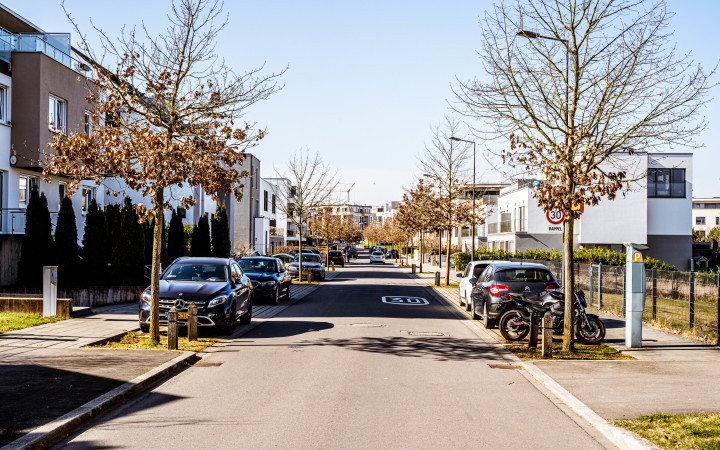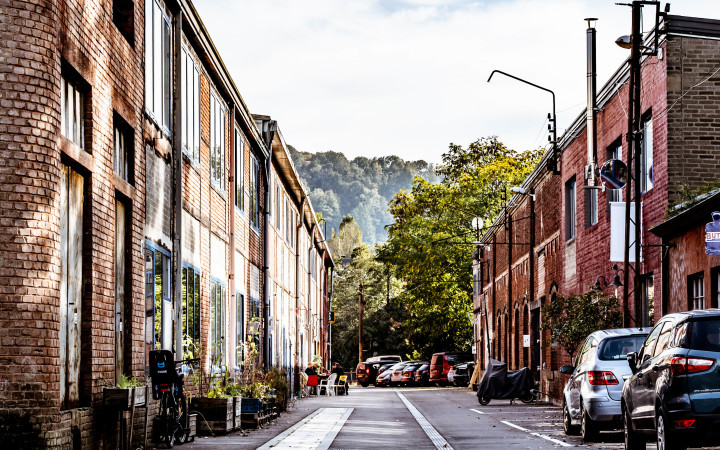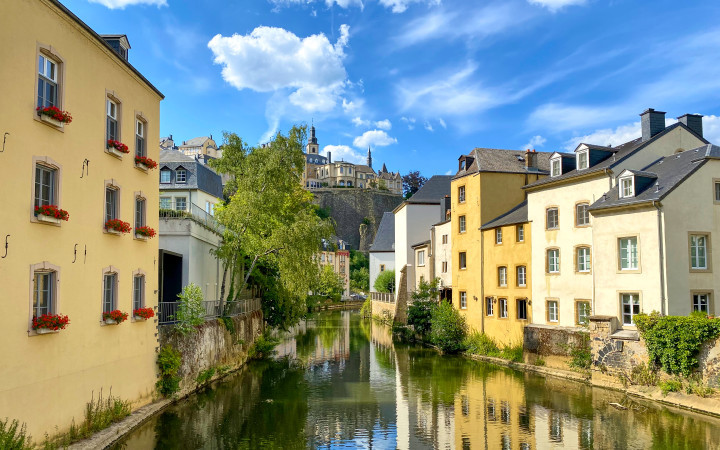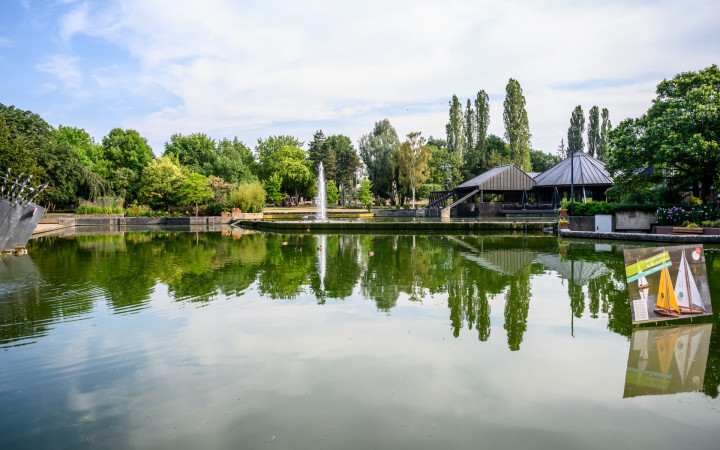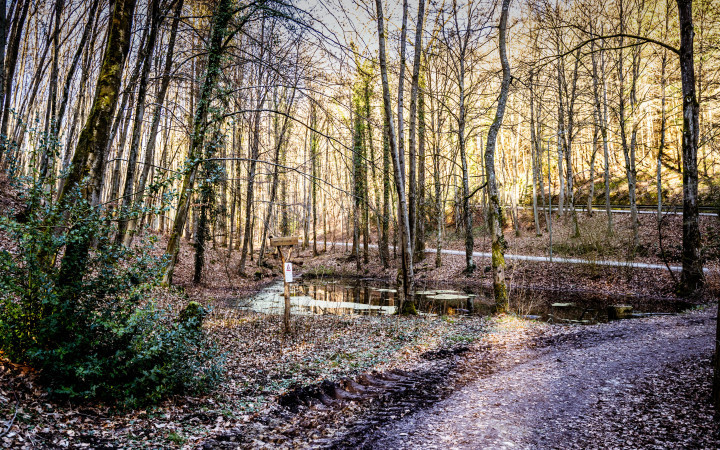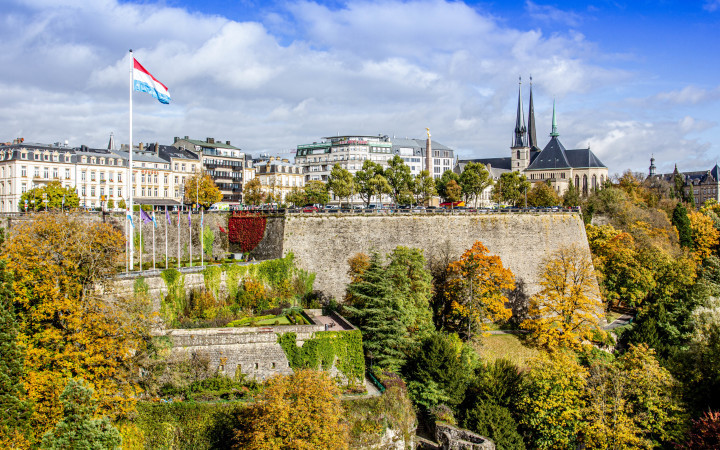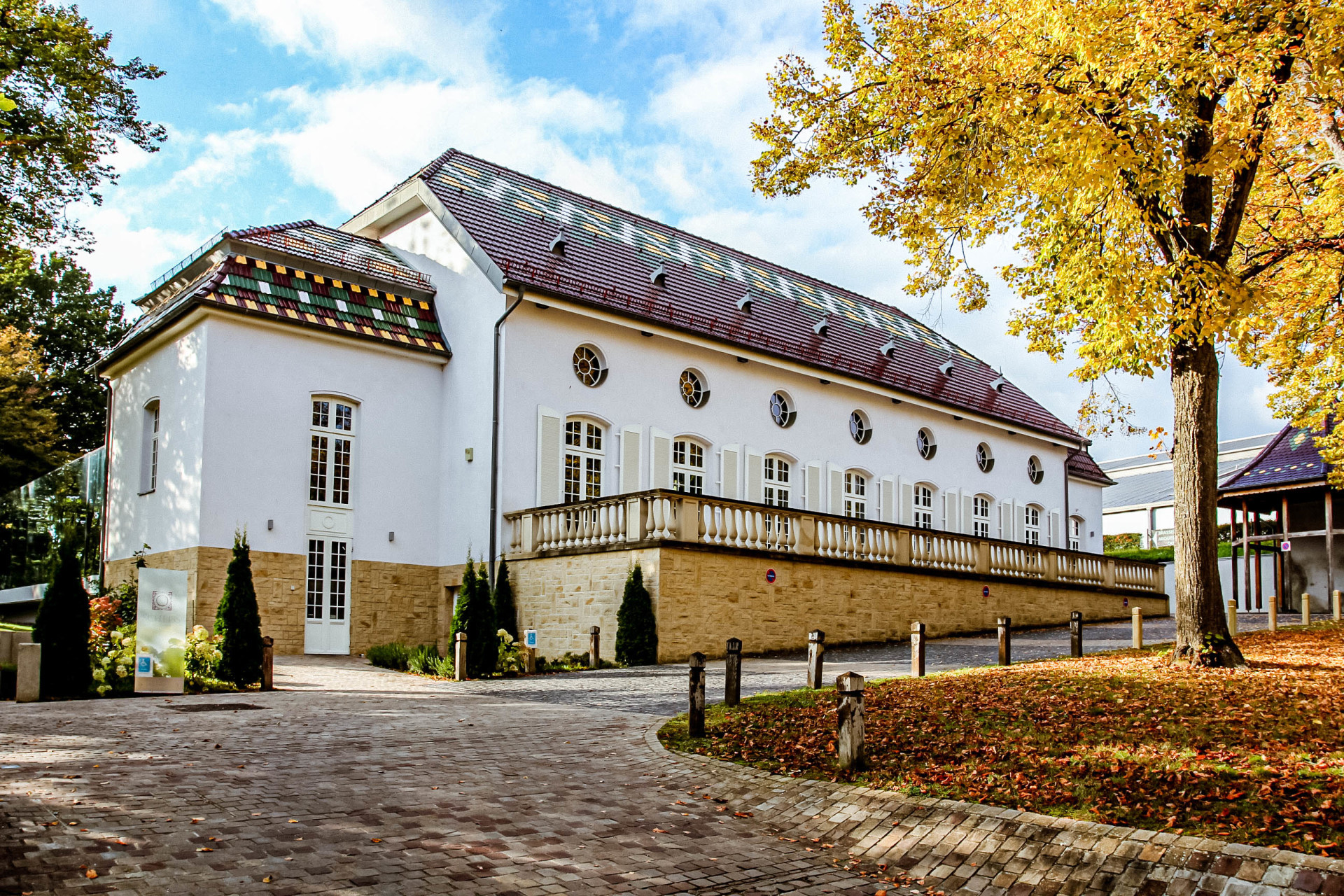
Belair
It’s not just New York and Paris that boast districts with the chic name Belair, but Luxembourg City, too. What today forms the capital’s desirable Belair district, renowned for its good quality of life, was once completely undeveloped land.
From moors and meadows to popular residential area
Before the construction boom, from 1950 onwards, the area here consisted of vast swathes of pastureland with grazing cows. Belair’s earlier name of “Duvenvelt”, in use from the 13th to the 20th century, also bears witness to its former rural character.
The street leading from today’s Boulevard Grande-Duchesse Charlotte to Merl Cemetery was called “Dauwelswee”, or “Rue de Daubenfeld”. The name can be traced back to the species of buttercup flowers, known in French as “grande douve”, which grew in the moors and meadows at the time. Then, people in Luxembourg didn’t go to Belair, but to “Dauwelt” (the buttercup field).
The present-day name “Belair” probably originates from the inscription on the façade of architect Mathias Martin’s house: Maison Bel Air 1923. The name was first adopted as the name of the street, and later as the name of the entire neighbourhood. The district officially became Belair in 1956; prior to this, it had been called “Neimärel”.

The long-lost statue of "Gëlle Fra"
In the small front garden of Maison Bel Air, in what is now Avenue Gaston Diderich 97, you’ll see two statues. On the right is Mercury, symbolising trade and industry, and on the left Venus, symbolising beauty.
Alongside Villa Leclerc at Avenue Gaston Diderich 54 and the Franciscan monastery built between 1919 and 1921, Josy Barthel Stadium was long considered one of Belair’s most striking buildings.
In 1980, the long-lost statue of Gëlle Fra, saved and hidden by shrewd Luxembourgers during the war, was found under the grandstand in this former Luxembourg national stadium.

The crooked steeple of Pope Pius X church
Belair’s church, named after Pope Pius X and consecrated in 1957, has an equally lovely, little-known story to tell. If you look closely, you’ll notice that its slender, 69-metre-high steeple is somewhat crooked. To prevent the enormous bell from further destabilising the church’s slender steeple, it was hung lower.
In addition, before the church’s consecration, Belair residents were invited to write their dreams and wishes on a piece of paper. To this day, these wish lists lie high up in the shimmering golden sphere of the church steeple, close to heaven.

How to get there ?
By car:
Find the best parking for your stay with our Luxembourg-city parking guidance system.
By public transport:
To go around the city, check out www.mobiliteit.lu which offers live and practical information on public transport in Luxembourg.
Useful information: all buses, trams and trains within the country of Luxembourg are free of charge for citizens and visitors alike.






